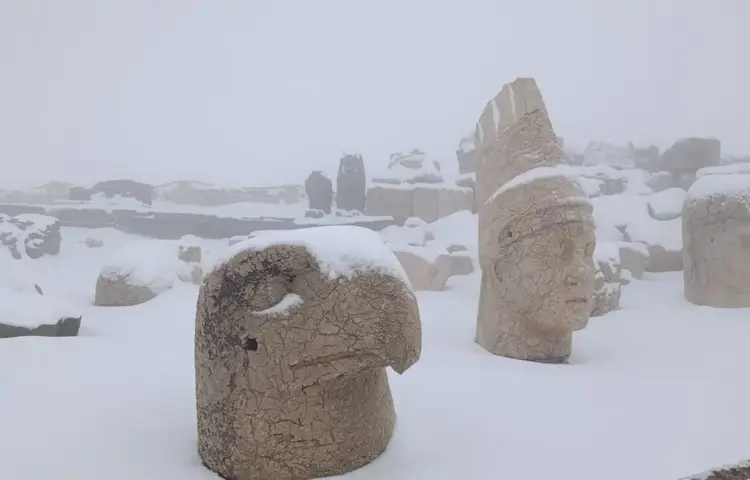
Nemrut Mountain Turns White: Ancient Colossal Statues Reveal a New Winter Face
A sudden wave of snowfall has transformed Mount Nemrut in Türkiye’s Adıyaman province into a stark winter landscape, giving the world-famous colossal statues a striking new appearance. Perched at 2,206 meters and listed as a UNESCO World Heritage Site, the mountain’s Hellenistic-era monuments—carved for the Kingdom of Commagene—took on an entirely different character under a thick layer of snow.
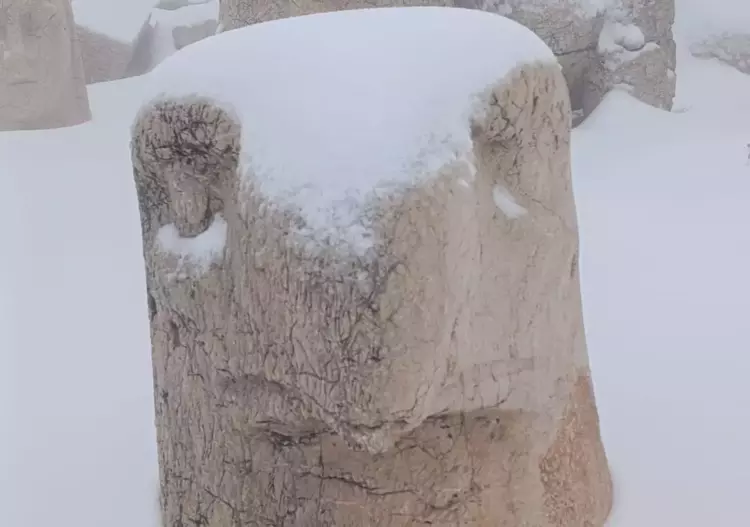
Winter reshapes the atmosphere of the sanctuary
The snow settling on the stone surfaces sharpened the contours of the giant heads on the eastern and western terraces. Cracks and weathered textures that normally blend into the pale limestone became more pronounced, while the conical tumulus at the center of the complex formed a strong white silhouette against the sky. Visitors who managed to reach the summit witnessed a scene that only appears a handful of days each year.
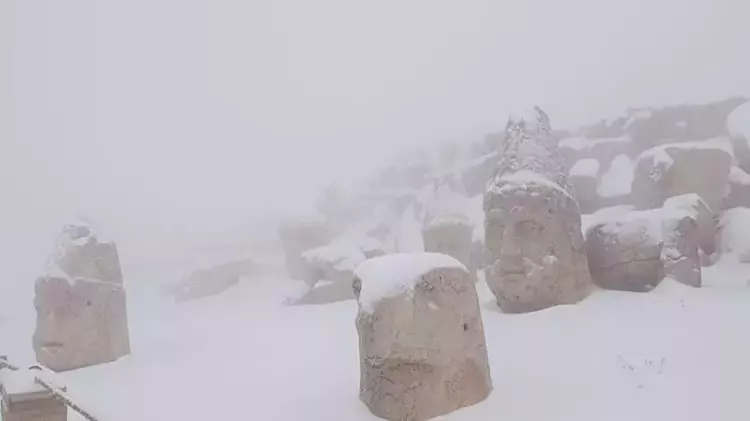
A royal ideology carved into stone
Mount Nemrut is not just a spectacular viewpoint; it is the monumental expression of King Antiochus I of Commagene, who ruled in the 1st century BCE. Seeking to legitimize his dynasty between the great powers of his time, Antiochus fused Persian and Greek traditions in a single political program. The statues of deities and the king himself carry dual identities—Mithra–Apollo, Zeus–Oromasdes—embodying a deliberate cultural synthesis that makes Nemrut unique in ancient Anatolia.
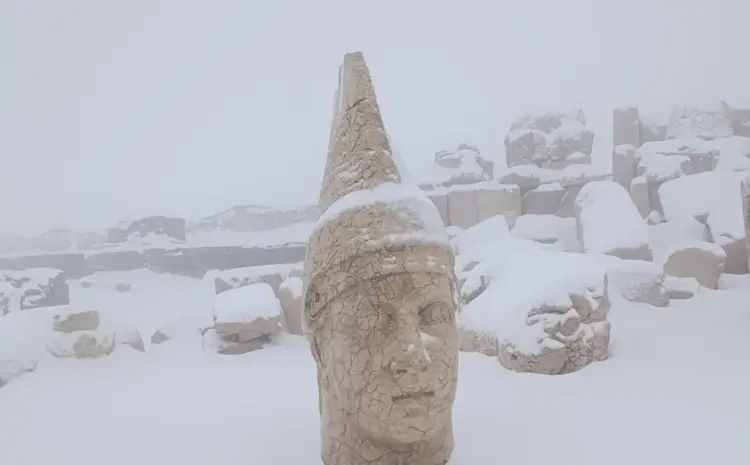
Snow enhances the readability of the sculptures

- Snowlight emphasises facial outlines normally softened by daylight.
- The broken heads gain more visual depth due to white–shadow contrast.
- The tumulus’ architectural geometry becomes clearer in wide-angle views.
- Subtle carving details, often blurred in summer glare, become easier to detect.
A protected heritage site facing winter challenges
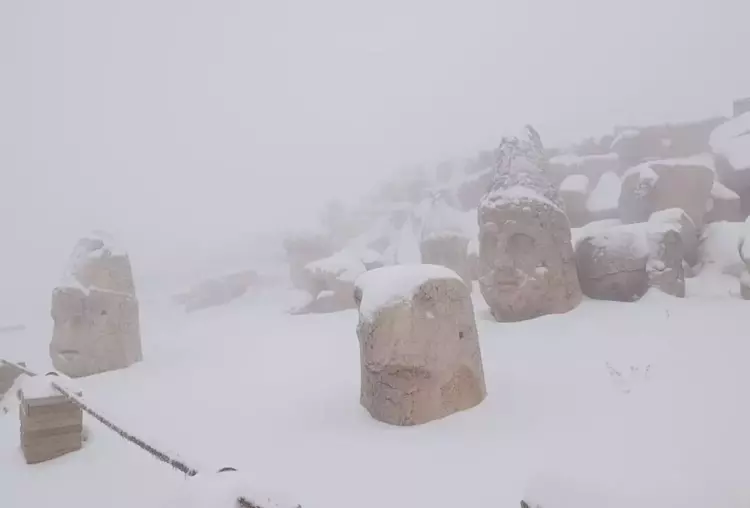
Inscribed on the UNESCO World Heritage List in 1987, Nemrut remains one of Türkiye’s most iconic archaeological landmarks. Snow does not cause long-term harm to the stone, but winter weather limits access and visibility, prompting more controlled visitation during the colder months.
📣 Our WhatsApp channel is now LIVE! Stay up-to-date with the latest news and updates, just click here to follow us on WhatsApp and never miss a thing!!
You may also like
- A 1700-year-old statue of Pan unearthed during the excavations at Polyeuktos in İstanbul
- The granary was found in the ancient city of Sebaste, founded by the first Roman emperor Augustus
- Donalar Kale Kapı Rock Tomb or Donalar Rock Tomb
- Theater emerges as works continue in ancient city of Perinthos
- Urartian King Argishti’s bronze shield revealed the name of an unknown country
- The religious center of Lycia, the ancient city of Letoon
- Who were the Luwians?
- A new study brings a fresh perspective on the Anatolian origin of the Indo-European languages
- Perhaps the oldest thermal treatment center in the world, which has been in continuous use for 2000 years -Basilica Therma Roman Bath or King’s Daughter-
- The largest synagogue of the ancient world, located in the ancient city of Sardis, is being restored



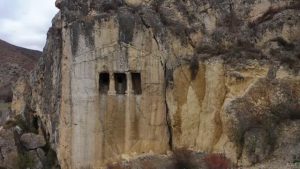

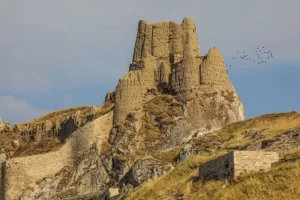
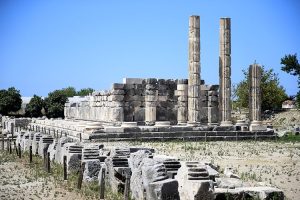



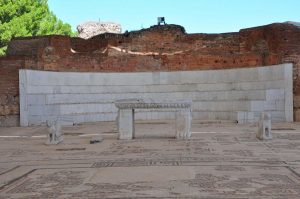
Leave a Reply